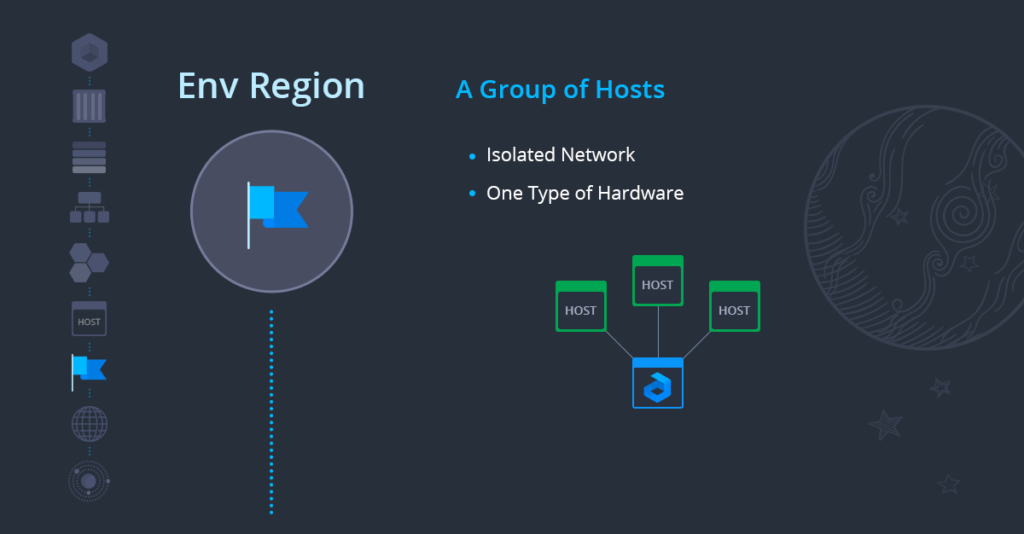Search Knowledge Base by Keyword
Concepts And Terminology Of UKHost4u
This document will enlighten you about the basic concepts and terms used in UKHost4u. The guide below is meant for those who are new to the cloud hosting clan and will give an overview of the UKHost4u platform.
Here are the topics we will cover in this document:
- Cloudlet
- Container
- Layer
- Environment
- Application
- Host
- Environment Region
Once you have a fair understanding of these basic concepts and how they work together you can handle the rare complexities of the UKHost4u platform.
1. Cloudlet – Cloudlet is UKHost4u’s smallest constituent and a special resource unit. This resource unit equals 128MiB of RAM and 400 MHz of CPU at the same time. The extreme detailing of the resources lets the system allocate the exactly needed capacity for every environment. Due to this, only the real consumption of resources are being paid as indicated by the usage-based pricing method.
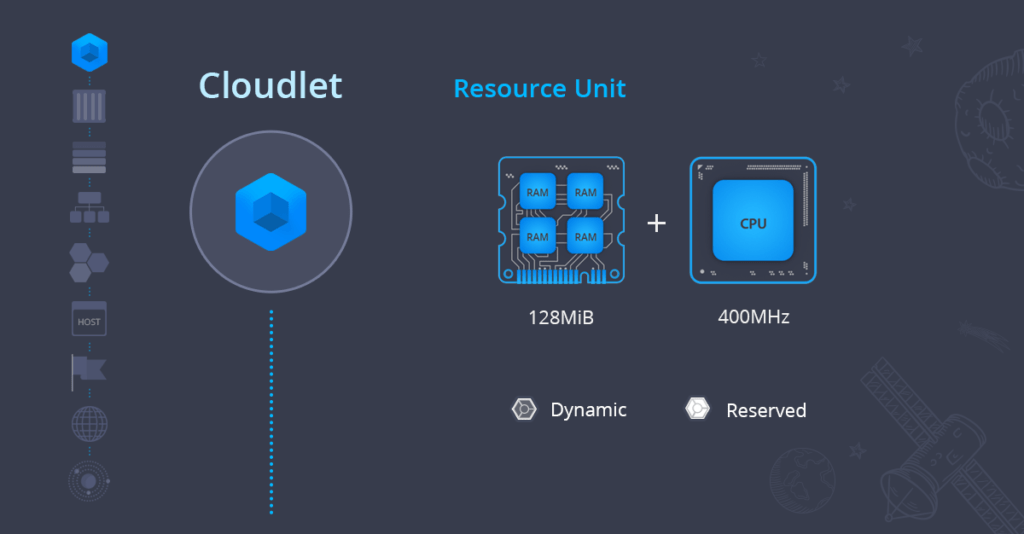
At UKHost4u you will observe two kinds of cloudlets;
– Reserved Cloudlets: When a fixed amount of resources are kept aside in advance and charged, not taking into consideration the actual usage then it is called Reserved cloudlets. When the application load is permanent then reserved cloudlets are advised as they are cheaper than dynamic cloudlets.
– Dynamic Cloudlets: The cloudlets which are added and subtracted depending on the number of resources needed by the application are called Dynamic cloudlets. These go up with the application load and are removed with the fall in the load. These cloudlets are advised for the applications with the variable load because this ensures a true usage-based pricing model. You only pay for your usage in the scaling limit with this model.

2. Container- Container or node is an isolated virtualized case, made for handling the software stack such as application servers, databases, load balancers, etc. positioned on a specific host. The hosting of the application becomes flexible because each container can be automatically scaled vertically and horizontally. Our platform gives certified containers for Java, Python, Ruby, Go, Node.js, PHP, .Net. UKHost4u allows you to deploy customized Docker containers. Each container is assigned its own private IP and a unique DNS record. Whereas, a public IP can be easily assigned inside the UI dashboard or using the API.
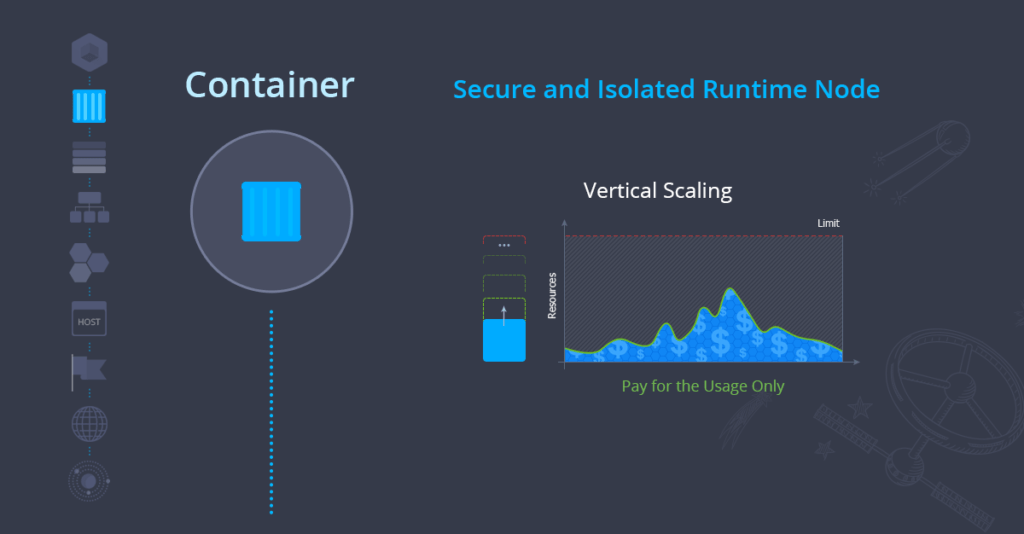
3. Layer – Layers are also known as a Node group. This consists of similar containers in a single environment. You will find a list of predefined layers in the UKHost4u topology wizard i.e.,
- Load balancer (LB)
- Compute (CP)
- Database (DB)
- Data storage (DS)
- Cache
- VPS
- Build node
- Extra (custom layer, for Docker-based environments multiple layers can be added.)
These layers however are designed to attempt different functions with similar containers all at once. For instance; the nodes can be rebooted or redeployed and scaled horizontally side by side.
Also, the common logs and stats can be verified or the required configurations can be made for all the containers in the layer using the file manager.
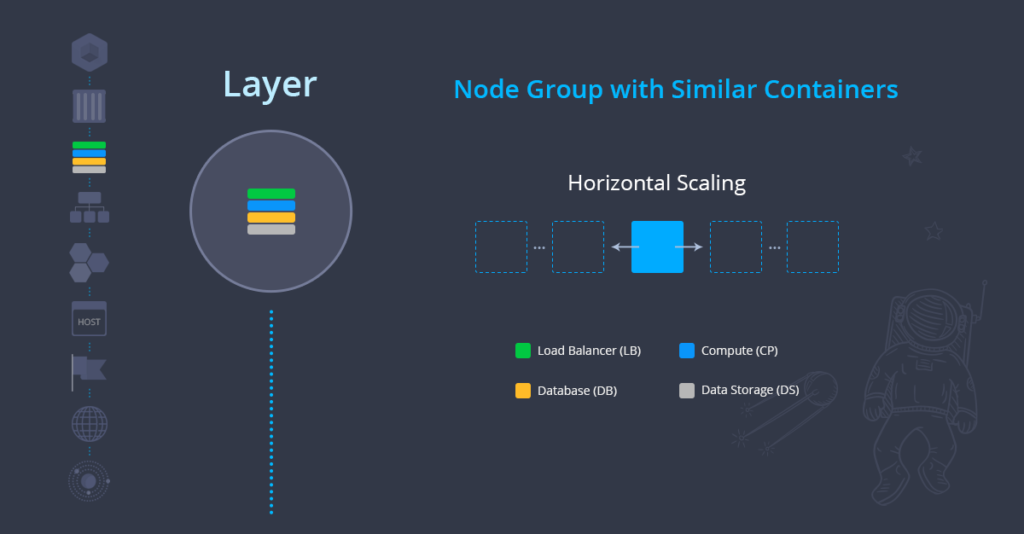
4. Environment – The compilation of isolated containers for running specific application services is known as Environment. UKHost4u gives in-built tools for effortless environment management such as configuration, troubleshooting, monitoring, and many more.
Actions like stop, start, clone, migrate to another area, share with team members for teamwork, tracking resource consumption and many more can be performed for the whole environment.
Each created environment comprises its own internal 3rd level domain name by default. A custom external name can be conveniently bound using CNAME or A Record and can be swapped with another application service for traffic redirection.
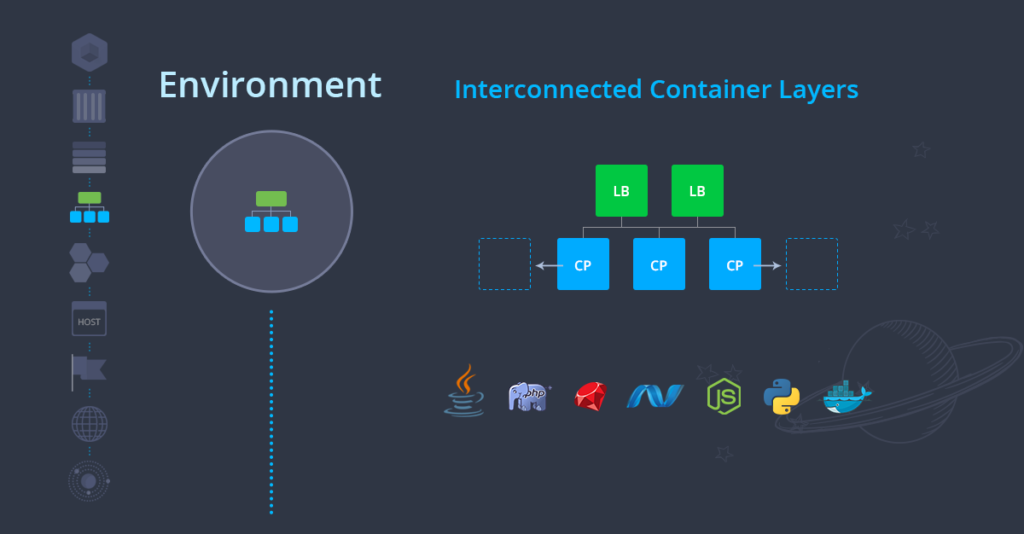
5. Application – Application is an amalgamation of environments for managing one project. In a single environment, a simple application consisting of one or two stacks can be run.
Deployment of Application code source or built binaries can be done via:
- GIT/SVN repository, which lets the advantage on the automatic updates.
- Local Archive using user interface dashboard or FTP.
- Custom Docker template
In the UKHost4u marketplace, several prepackaged applications can be found which can be set up in just a few taps.
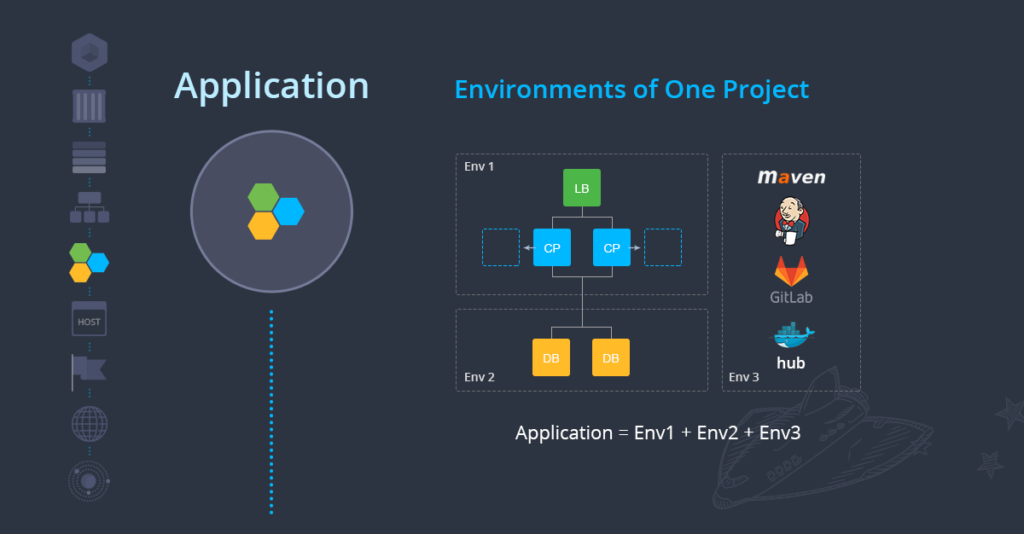
6. Host – A physical server or a giant virtual machine that is virtualized using KVM, Hyper-v, etc. Hosts are parted into mini isolated containers that are required to build environments. This kind of partitions gives multitenancy and great & smart utilization of resources with the help of containers partitioned according to the load across different hosts.
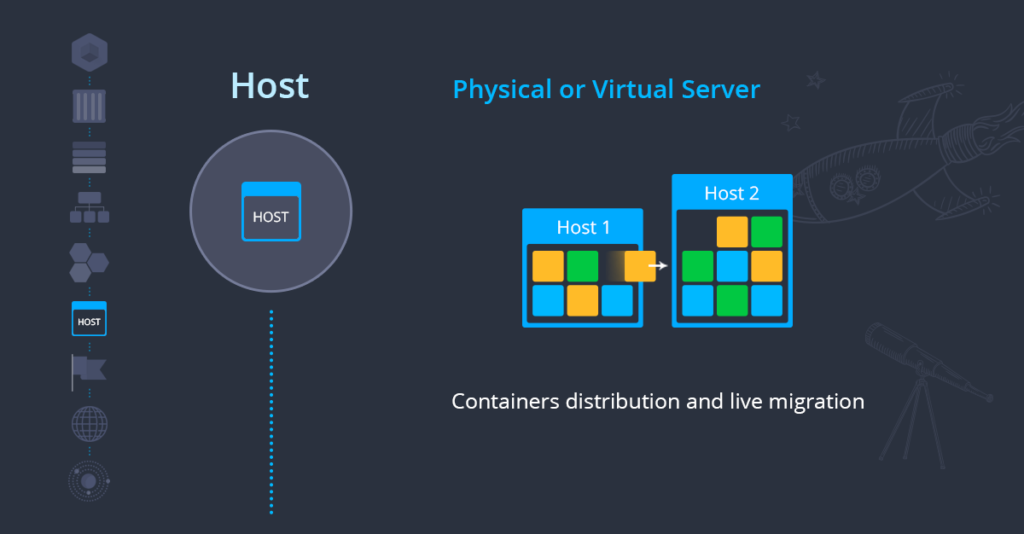
7. Environment Region – A set of hosts put together inside a single isolated network is called Environment region. Every environment region has their own capacity in a particular centre data, predetermined reserve of public and private IP addresses, and relative resource pricing. By migrating the project among different regions the initial location can be conveniently modified.
